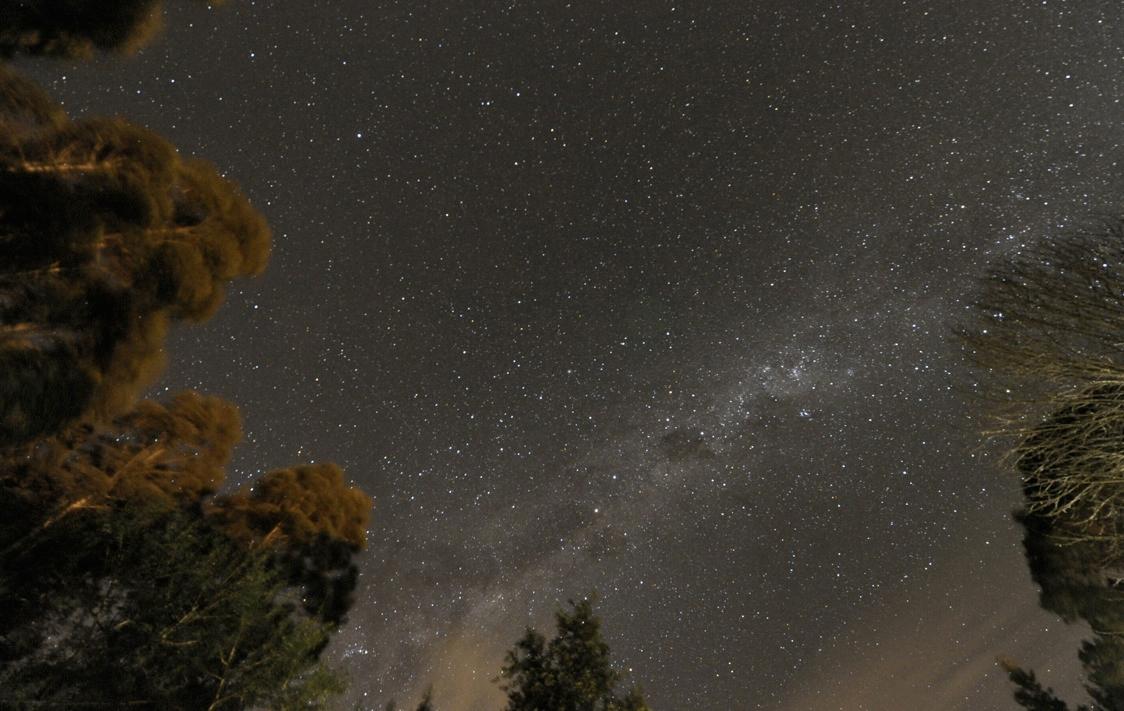New “super earth” with found in Scorpio constellation
The Milky Way could contain billions of planets not much bigger than Earth, according to a new study.
Astronomers say they have found a "super earth," a planet that could support water and life, outside our solar system about 22 light-years from Earth.
Dubbed GJ 667Cc, the planet — with a mass 4.5 times that of Earth — orbits a red dwarf star in the Scorpio constellation, National Geographic reported.
At least three planets are orbiting the star, including another potential super-Earth.
GJ 667Cc, described as a rocky planet, orbits every 28.15 days — meaning its year equals about one Earth month, according to the research published in Astrophysical Journal Letters.
It is the fourth potentially habitable planet discovered in recent times, according to Agence France-Presse, but is one of the best candidates yet to support life, its discoverers say.
"This planet is the new best candidate to support liquid water and, perhaps, life as we know it," AFP quoted Guillem Anglada-Escud, who conducted the research while at the Carnegie Institution for Science, as saying.
And according to National Geographic, while the red dwarf is relatively dim — offering the planet less light from its star than Earth does from the sun — most of its light is infrared, meaning the planet should "absorb more of its incoming energy than Earth does from sunlight."
The theory about water, however, cannot be confirmed until astronomers learn more about the planet's atmosphere.
And skeptics have said that M-class dwarf stars, like that GJ 667Cc orbits, tend to have lots of solar flare activity, which could send off lethal radiation to nearby planets.
However, said study co-author Steven Vogt, a professor of astronomy and astrophysics at University of California Santa Cruz:
"The detection of this planet, this nearby and this soon, implies that our galaxy must be teeming with billions of potentially habitable rocky planets."
The other potentially habitable planets found recently are:
- Gliese 581d, a rocky planet about 20 light-years away confirmed by French astronomers in May last year as a planet likely to meet key requirements for sustaining life;
- HD 85512 b, about 36 light-years away and reported by Swiss astronomers last August;
- Kepler 22b, about 600 light-years away, confirmed by the US space agency NASA late last year.
